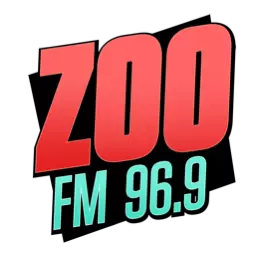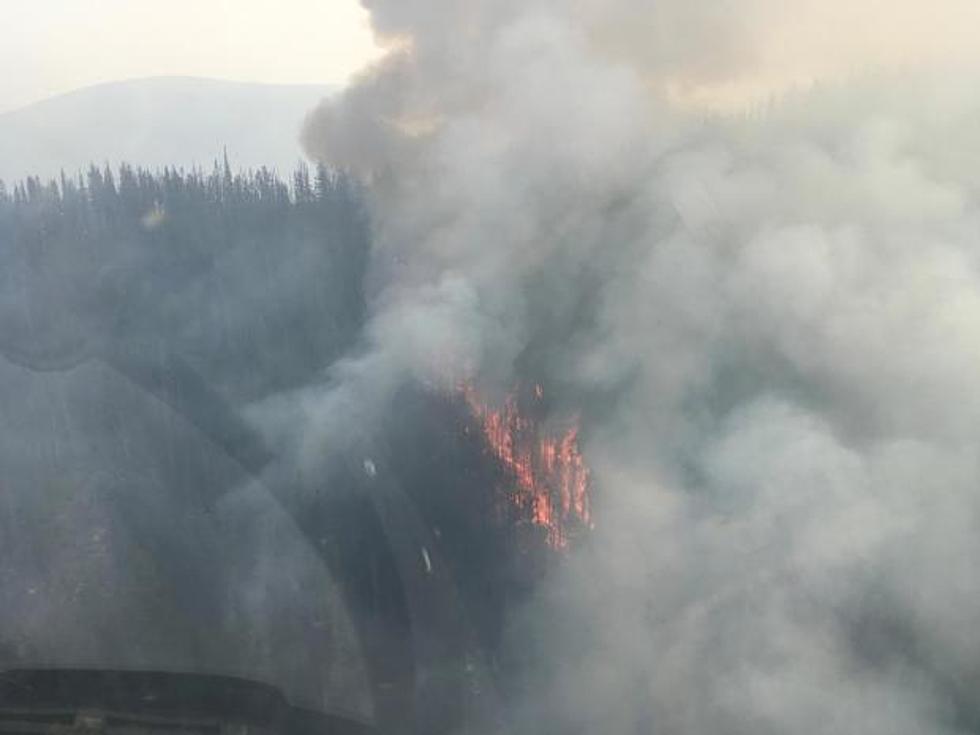
Agencies and Climate Smart Missoula Release Climate Ready Plan
At the monthly City Club luncheon on Monday, three different agencies involved in climate issues spoke to the audience about the just released draft of the Climate Ready Missoula Plan.
Amy Cilimburg, Executive Director of Climate Smart Missoula, spoke with KGVO News prior to the luncheon and provided a preview of the presentation.
“We are releasing the Climate Ready Missoula Plan at the City Club today,” said Cilimburg. “It’s the culmination of an 18-month process where we’ve tried to project what climate change will bring to our community and our region, who or what is at risk from that, and whet’s new for today is our goals and strategies that we and members of our community have brought forward to address.”
Cilimburg also promoted the release of a new website that addresses the various climate issues.
“We’re releasing that plan and we’ve also launched a brand new website,” she said. “Because of the complex and multi-faceted arena working in climate resiliency and these adaptation strategies, we’ve launched a new website that we hope that everybody can look at, and of course, provide us with their feedback. With this plan, we have about 29 goals and 67 strategies that have come forward from the community on ways that we can build resiliency and the more climate adapted Missoula city, community and the entire county.
The website is called Climate Ready Missoula dot org.
It contains various scenarios including climate predictions and what are called ‘mid-century climate scenarios’ for Missoula County. These include ‘Turn up the Heat’;
Average annual temperature increases by ~ 6 degrees (F) by 2050, more in the summer and 2 - 3 additional weeks/year with daily highs above 90
Average annual precipitation will remain the same, but summer rainfall will decrease by about 30%
Longer fire seasons, and more wildfire smoke.
The second scenario is called ‘Here Comes the Rain’.
Average annual temperature increases by ~ 3 degrees (F) by 2050, more in the summer with 1 additional week/year with daily highs above 90
Average annual precipitation increases by 15%, falling in winter, spring, and fall - summer precipitation does not change
More flooding.
The final scenario is entitled ‘Feast or Famine.’
Average annual temperature increases by 4 - 5 degrees (F) by 2050, more in the summer
With 2 additional weeks/year with daily highs above 90
Average annual precipitation will remain the same, but there will be much greater variability in precipitation from year to year
A "normal" year will be a thing of the past
Following the possible scenarios, there are ‘goals and strategies’ that involve agriculture, building and land use, business, recreation and tourism, ecosystems and wildfire, emergency preparedness and response, energy, water, and wildfire smoke, heat and health.
Cilimburg said there will be three open houses to share information and get public feedback.
They will be held from 11:30 a.m.-1:30 p.m. and 4-6 p.m. Wednesday, Jan. 22, at the Missoula County Courthouse in the Sophie Moiese Room, 200 W. Broadway St.
And from 11:30 a.m.-1:30 p.m., Friday, Jan. 24, at the Missoula City Council Chambers, located at 140 W. Pine St.




